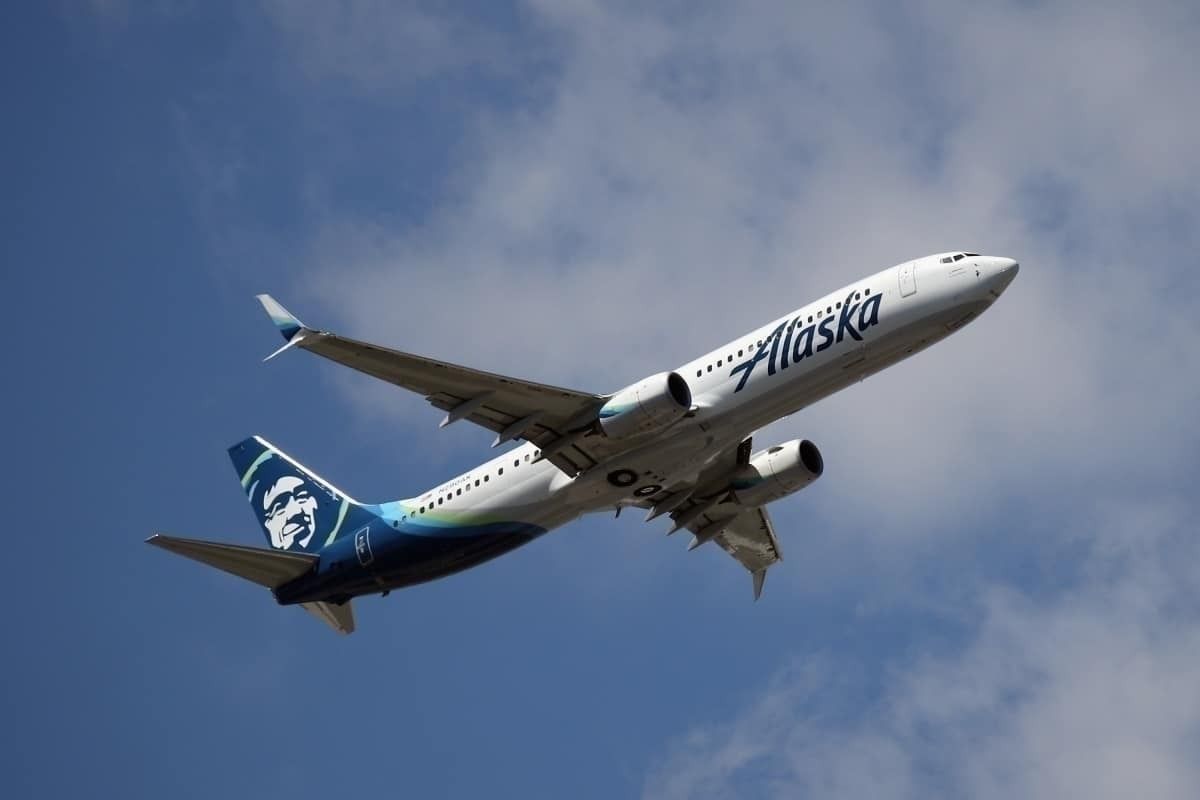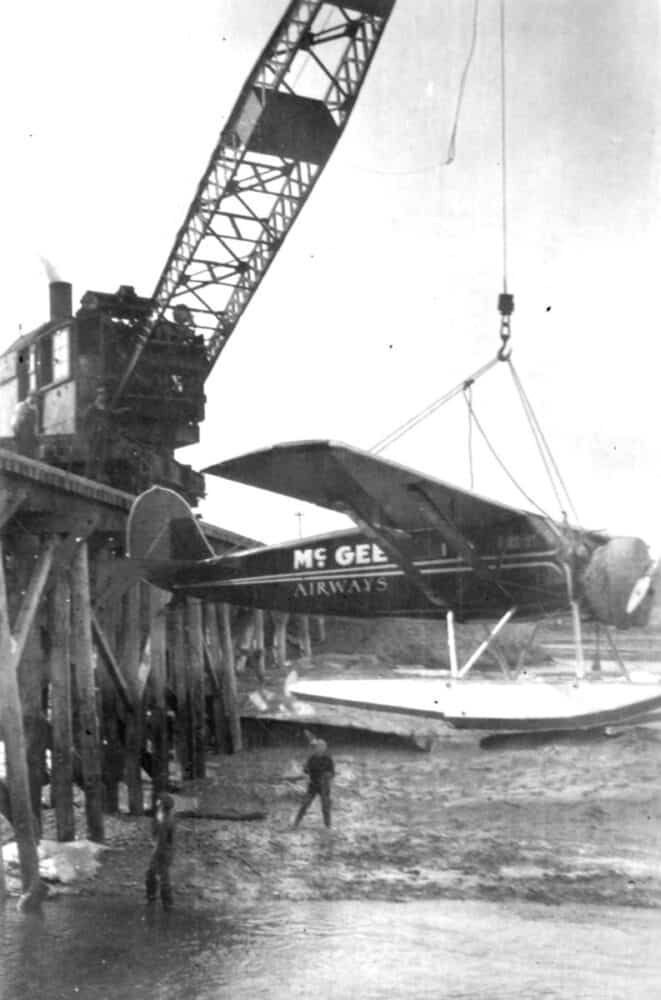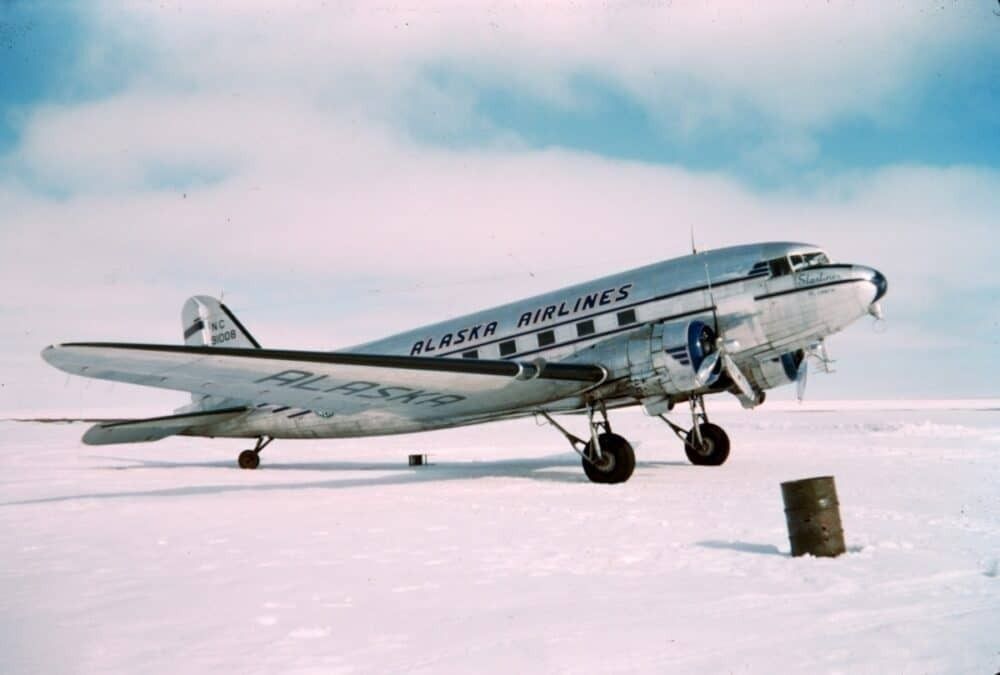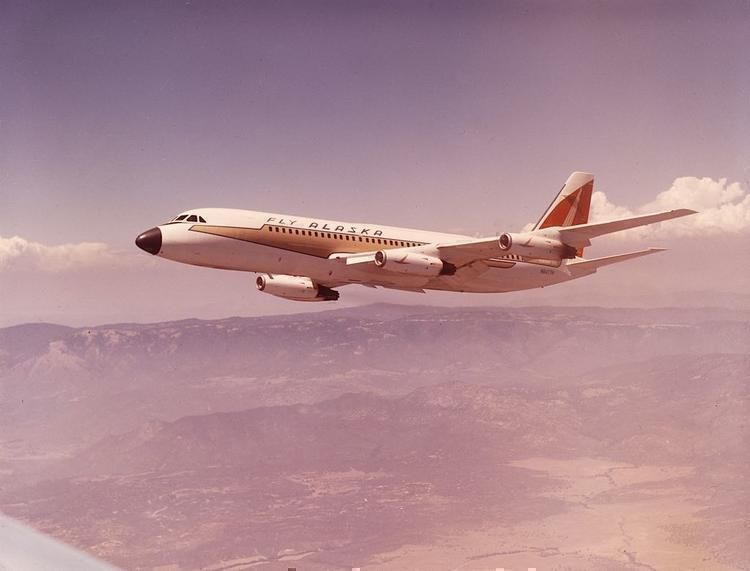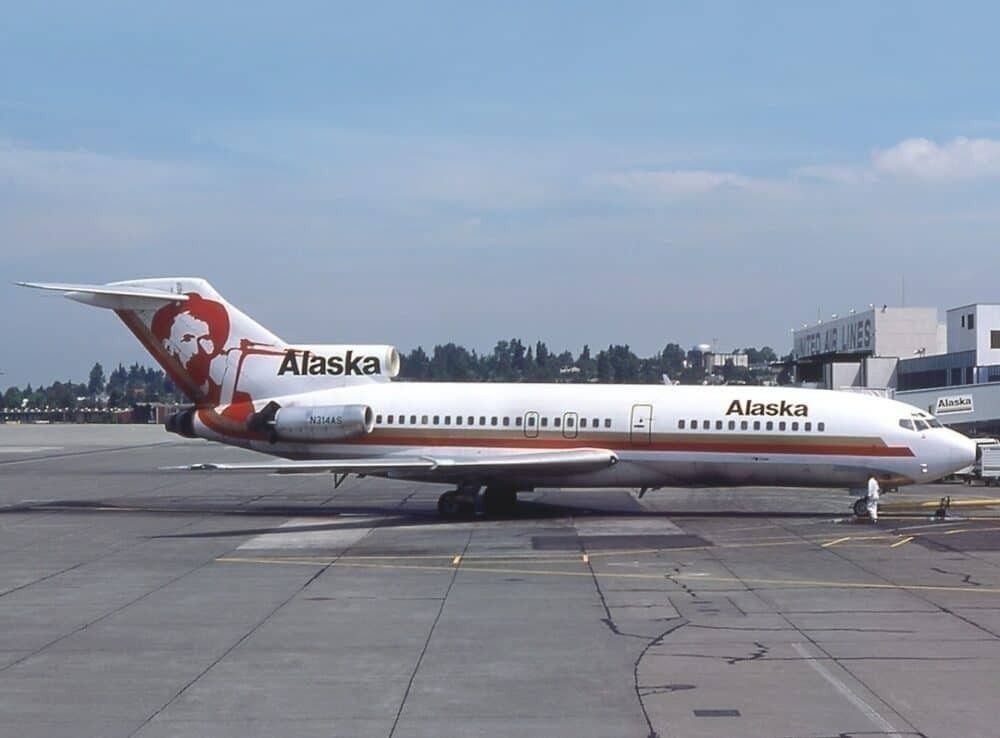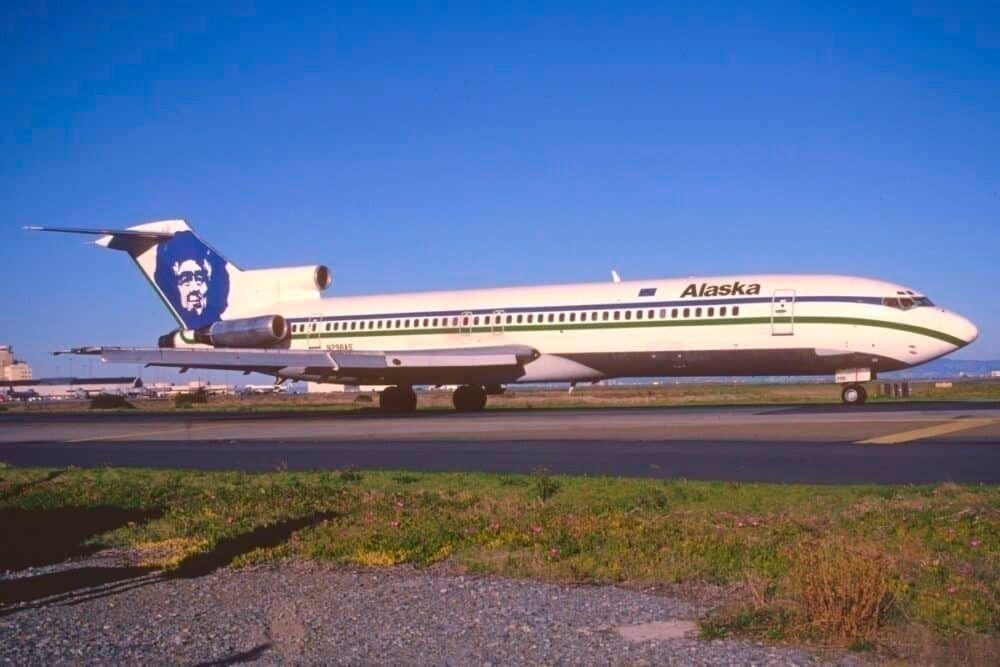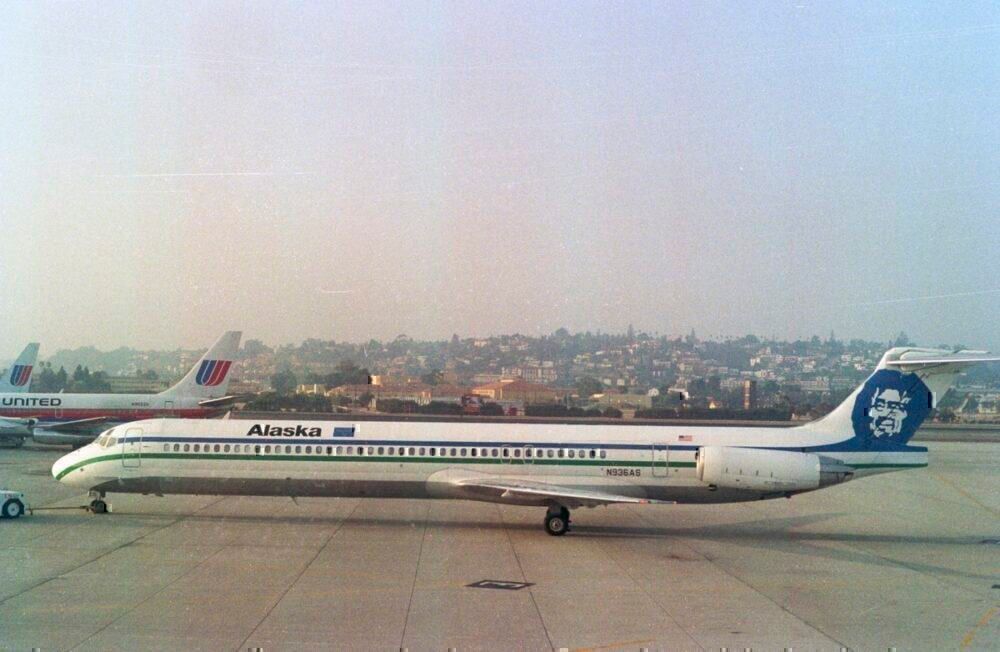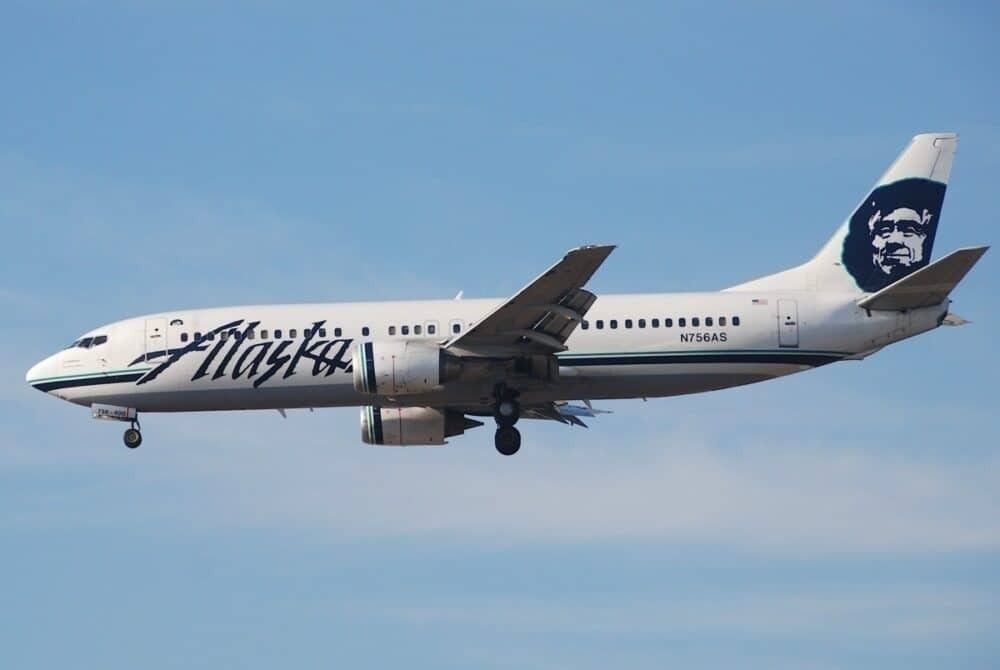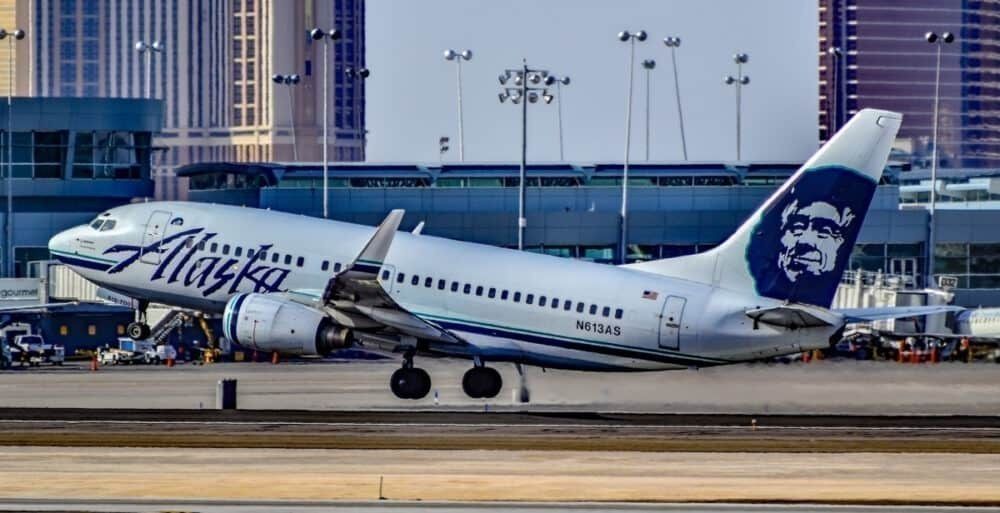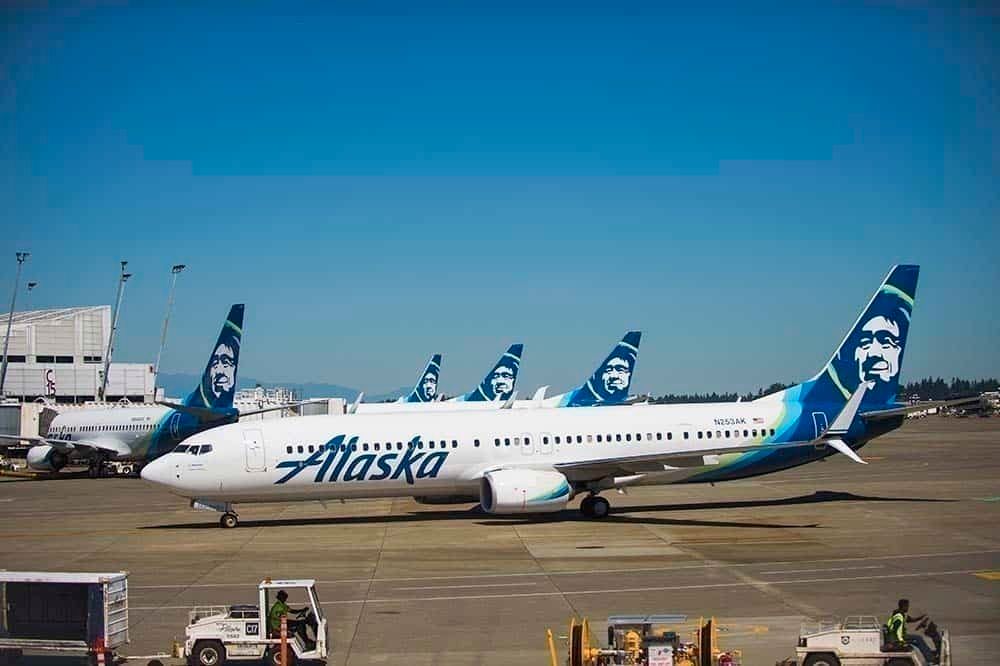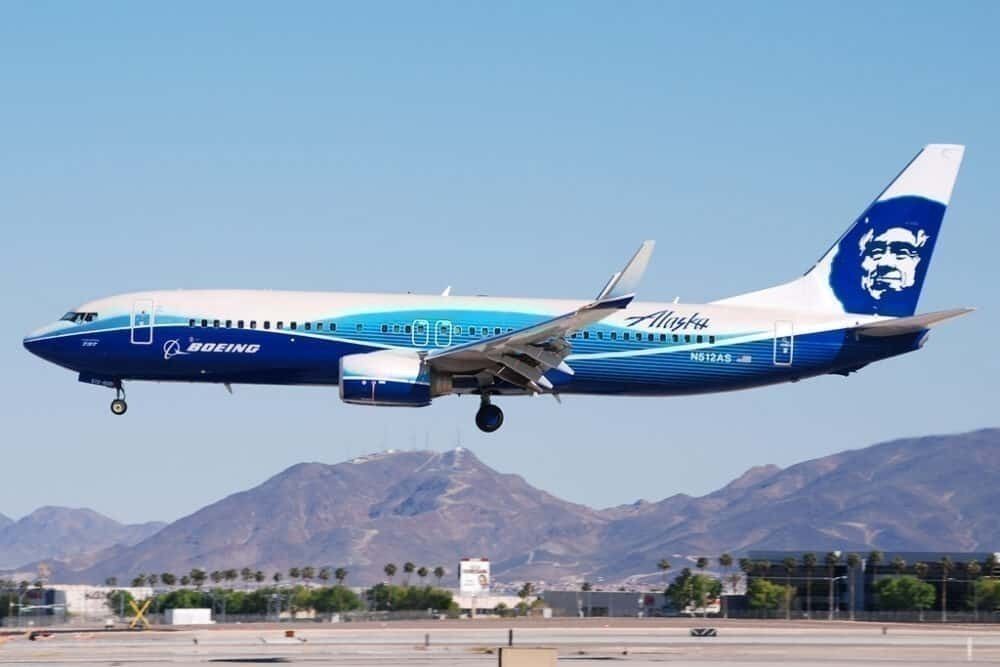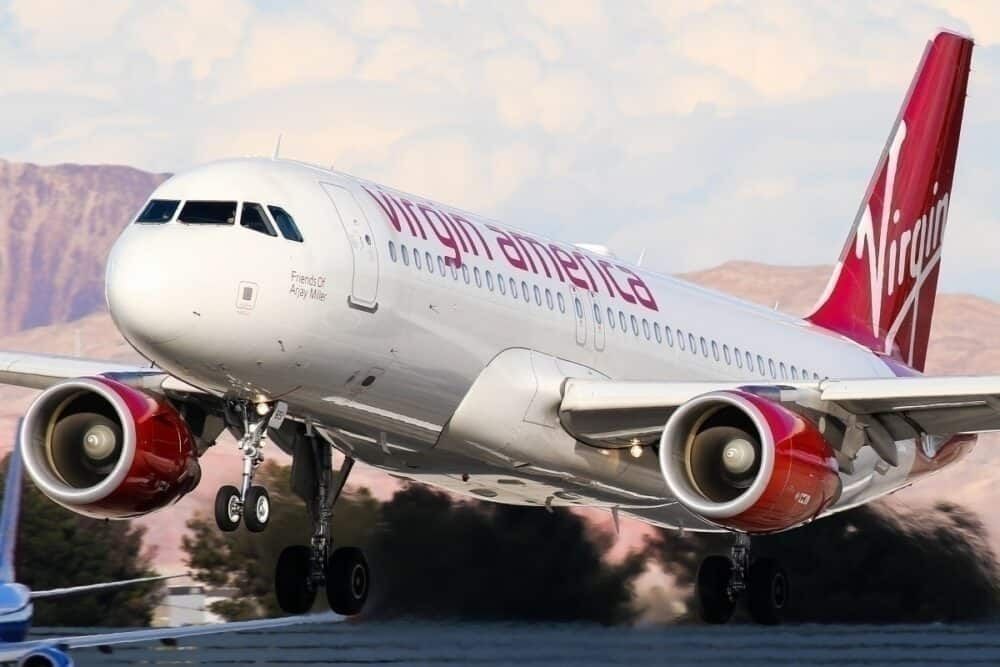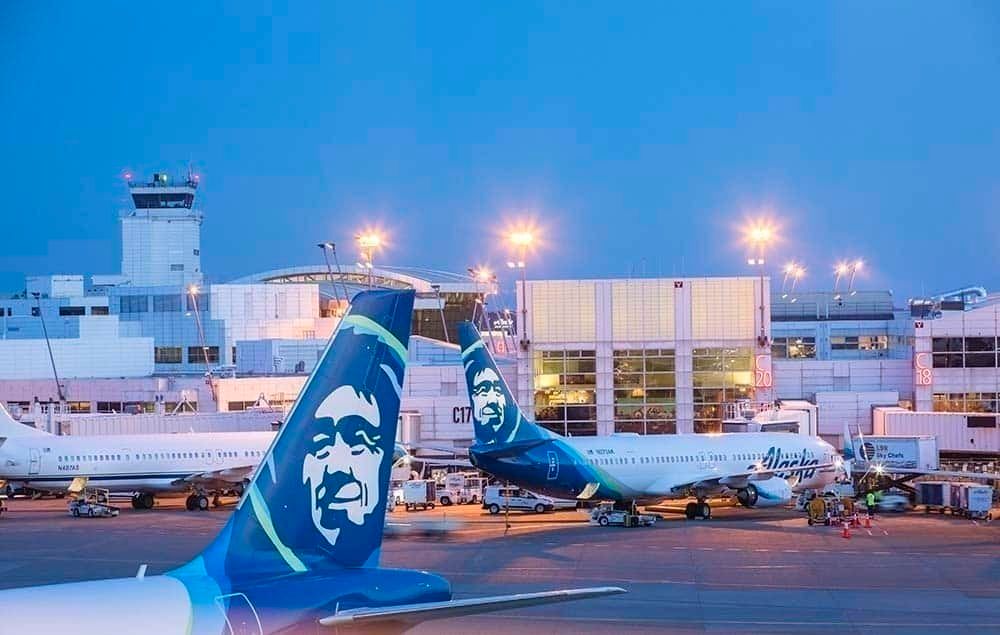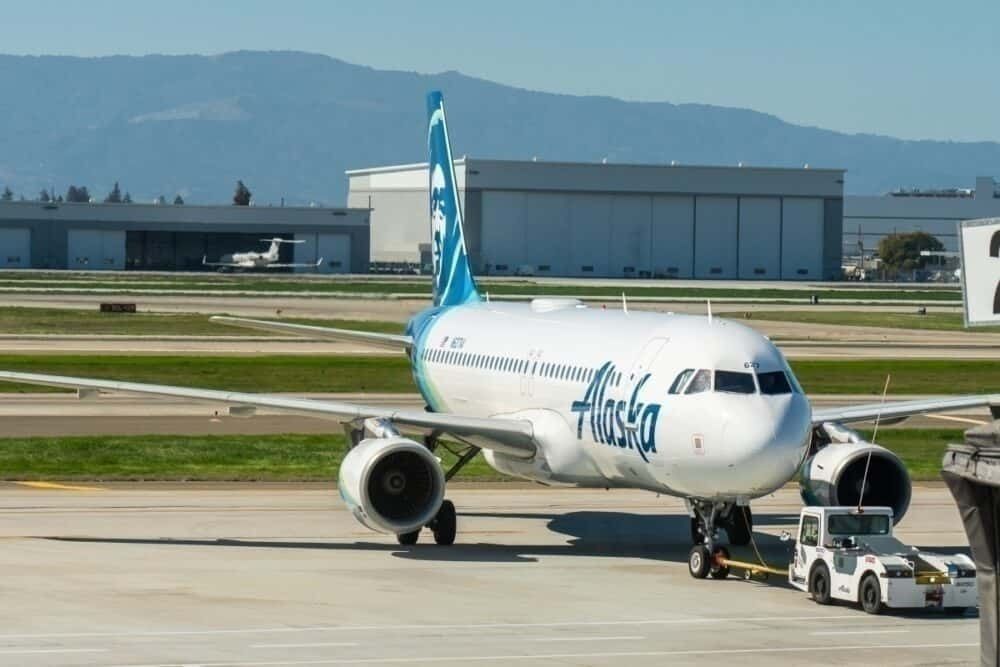The United States has seen its fair share of airlines. From Pan Am to TWA, Braniff to Continental, Northwest to US Airways, many major carriers have come and gone. While some have merged with other airlines, they still do not exist in their old form. Amidst all of this, Alaska Airlines has survived and proven itself to be a strong competitor on the West Coast. Here is the history of Alaska Airlines.
Founded in the 1930s
Alaska Airlines can be traced back to a man named Linious "Mac" McGee. In 1932, he flew a three-passenger Stinson aircraft out of Anchorage. Called "McGee Airways," this was the first strand leading up to the current Alaska Airlines legacy.
Also in Alaska, a few men banded together to form Star Air Service in 1932. After a few missteps, the airline flew its first commercial operations in 1933. Not long after, McGee Airways and Star Air Service merged. With 22 aircraft, Star Air Service became the largest airline in Alaska at the time. By 1936, the air carrier was making about $190,000 a year, or just over $3.5 million per year in 2020.
In 1937, Star Air Service purchased a number of its competitors, including Arctic Airways and Alaska Interior Airways. The new airline was named "Star Airways." However, in November of that year, the airline was sold off to a small group of people, including Don Goodman, David Strandberg, and Warren N. Cuddy. Together, they renamed the airline Star Air Lines.
In 1938, the Civil Aeronautics Board was founded, which started to regulate airlines in the United States significantly. While Star Air Lines did receive several different operating routes, it lost out on flights between Alaska and Seattle to Pan Am.
Alaska Airlines gets its name
In 1943, Star Air Lines was operating as Alaska Star Airlines. Seeking to grow its influence in the state, the airline continued to purchase up some competitors. Finally, in 1944, the airline got the name that we are familiar with today: Alaska Airlines.
Although, World War II started to take its toll on the airline during this decade. There was a shortage of workers, feuds with the Civil Aeronautics Board, and cash troubles. Things had gotten so bad for the carrier that employees would pay for fuel out of their own pockets.
Seeking a change, the airline moved into charter operations. By the end of the decade, these operations had overshadowed the carrier's scheduled services. In fact, Alaska Airlines became the largest charter operator in the world at that time. These planes were deployed to carry food during the Berlin Airlift and went on to fly Yemenite Jews to Israel for settlement.
The end of charter operations
In the 1950s, Alaska Airlines was forced to end its charter business due to a mandate from the Civil Aeronautics Board. However, the airlines continued to expand, taking over two other Alaskan carriers.
Finally, in 1951, Alaska Airlines received the necessary permissions to fly from Anchorage and Fairbanks, to Seattle and Portland. Although the airline was in a tenuous financial position, things started to change.
Charlie Willis, a pilot in World War II, joined Alaska Airlines as chairman and CEO in 1957. Under him, he brought inflight movies to the airplanes.
The 1960s: The Jet Age
In the 1960s, the aviation industry was taken by storm as jet airliners started to gain importance. Alaska Airlines latched on and latched on tight.
Its flight attendants wore revamped uniforms, charter operations were scheduled to Russia, and the carrier brought some fun to the sky. Inflight announcements were turned into rhymes like this one:
"A life vest neat is beneath each seat. They're stored so we won't lose 'em. Now fix your eyes on the stewardies. They'll show you how to use 'em."
Alaska Airlines became the first commercial carrier to fly the iconic Lockheed Hercules. Using these planes, the airline was able to haul drilling rigs to the North Slope of Alaska– an oil-rich region. Later, these planes would also fly rigs to the jungles of Ecuador.
In 1966, the airline received its first Boeing 727 registered as N797AS. The trijet 727 would serve Alaska Airlines for an incredible 25 years.
In the years after taking the 727, Alaska Airlines would merge with two airlines based in southeast Alaska and made its debut operations in the region in 1967.
A troubling start to the 1970s
In 1971, the airline faced a significant setback when Flight 1866 from Anchorage to Seattle via Cordova, Yakutat, Juneau, and Sitka (a kind of milk run), crashed in Juneau. According to the Juneau Empire, it was the worst air disaster in Alaska history– even to this day. Caused by incorrect navigational information being sent via a beacon, 111 people lost their lives in the incident.
Also in the early 1970s, faced with intense competition, high operating costs resulting from aggressive expansion, and a large fuel bill, the airline was teetering at the brink of collapse. In 1972, Ron Cosgrave took the helm and started to rebrand Alaska. Part of this rebranding also saw the "Smiling Eskimo" appear on the airline's tails. This branding exists until this day. To round things out, for the first time in years, the airline turned a profit in 1973.
At the end of the decade, the civil aviation market was deregulated. Alaska Airlines was a proponent of it. At the time of deregulation, the airline was quite small, with only ten aircraft in the fleet. Using these planes, Alaska served Seattle and ten cities in Alaska. Seattle was the only destination the carrier served in the contiguous United States.
A careful expansion pays off
In the 1980s, Alaska Airlines was able to start expanding in the aftermath of deregulation. Important cities of Portland and San Francisco saw Alaska service beginning in 1979. Then, over the next five years, the carrier added flights to Southern California, San Jose, Oakland, Spokane, Boise, Phoenix, and Tuscon. In addition, the airline resumed service to some remote points of Alaska. Profits at this time were high.
In 1985, the Alaska Air Group was formed as a holding company. Under it, there was Alaska Airlines, Horizon Air, and Jet America Airlines. While the latter does not exist today, Horizon Air serves as Alaska's regional arm.
Also in 1985, Alaska Airlines took on some MD-80s. The first one arrived in February of that year as N931AS. Five others followed in the same year.
Building up the carrier's network, international flights to Mexico started in 1988. It was during the late-1980s that Alaska Airlines began to further build its presence in the contiguous United States and beyond.
The 1990s
In the early 1990s, Alaska deepened its relationship with Boeing after it started to take on Boeing 737-400s. At the same time, the carrier continued to expand; however, it also faced immense competition.
Low-cost carriers were on the rise. This led the airline's executives to reform operations. The airline increased aircraft utilization and streamlined its cost structure. The airline also drew down older 727s and took on more 737s and MD-80s, reducing some operating costs. It also adopted the slogan, "for the same price, you just get more." According to the airline, it resonated well with customers.
This led the airline towards greater profitability. But that was not it for Alaska. The carrier, at the end of the decade, placed orders for the Boeing 737 Next Generation line of aircraft.
Alaska solidifies its presence
In the 2000s, the airline had a bright future on its mind. Taking on new Boeing 737 aircraft, including the first-ever 737-900, Alaska Airlines expanded with new flights to Boston, Chicago, Dallas, Denver, Miami, Newark, Orlando, and Washington, D.C.
Towards the end of the decade, however, Alaska Airlines once again had to reduce operating costs. This led the airline to phase out its MD-80s and transition to an all-737 fleet. The airline also started up flights to Hawaii and grew its presence in Mexico.
Much of Alaska Airlines, as it is recognized today, came from the 2000s. The airline simplified its fleet, focused on core short- and medium-haul operations, and retained its "Smiling Eskimo" branding.
The 2010s: Acquiring Virgin America
Since 2010, Alaska Airlines has focused on building up its technological innovation. While the carrier has been a part of significant advancements in the past, the 2010s have seen it focus on customer innovation and sought to reduce the airline's carbon footprint. In addition, Alaska started to implement biometric identification in its lounges.
In 2012, Alaska Airlines announced its largest aircraft order ever. Valued at over $5 billion, the carrier placed a firm order for 20 737 MAX 8s, 17 737 MAX 9s, and 13 737-900ERs.
In 2016, Alaska Airlines announced one of its most ambitious plans. The carrier took over Virgin America and further solidified its presence on the West Coast of the United States. Combined, the airline crossed over 275 aircraft in the fleet and flew to over 800 destinations with more than 1,200 daily flights.
This move was a smart one as competition continued to grow. While Alaska maintained a hub out of Anchorage, Alaska is not geographically suited for operations to the contiguous United States. So, the carrier relied on its Seattle hub to fly passengers across the United States. But, in 2014, Delta Air Lines announced a significant expansion out of Seattle, and Alaska needed to shore up its presence there to ensure it could survive.
2020: A crisis starts the decade
After riding high in 2019, Alaska Airlines announced its intention to join the oneworld Alliance from 2021.
However, not even a month after this announcement, the carrier was faced with one of its worst crises yet. Demand for air travel plummeted, and Alaska Airlines was forced to park a large number of its fleet. Now, the focus is on rebuilding.
Nevertheless, in the next few years, the carrier can still outline plans to grow. There is plenty of room for the airline to examine new possibilities through acquiring widebody aircraft, or else continue to grow its US presence.
Through its rich history, Alaska Airlines has persevered and outlasted some industry giants. Now, we will have to wait and see what the future holds for this impressive airline.
Are you a big Alaska Airlines fan? What is your favorite piece of Alaska Airlines' history? Let us know in the comments!

